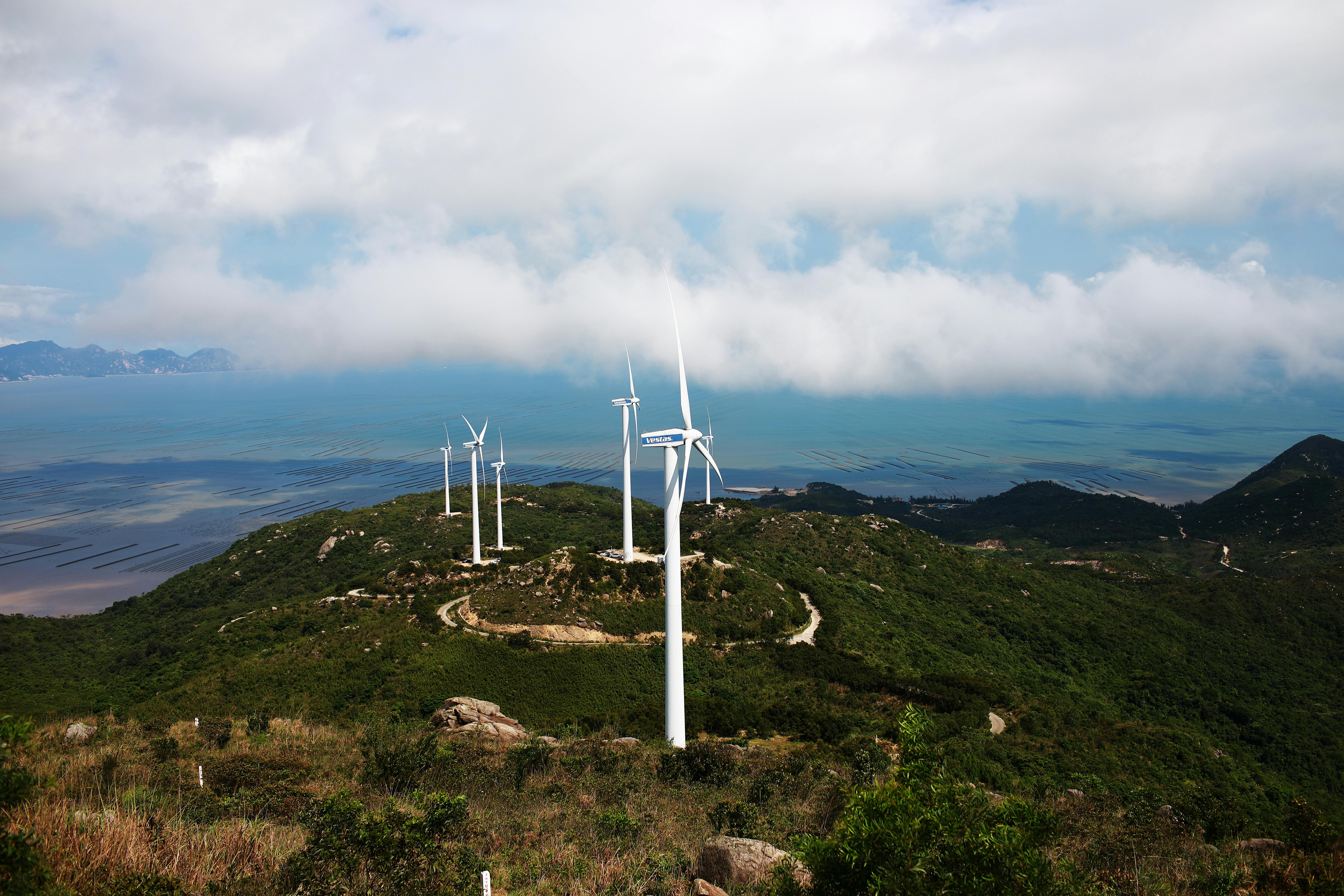China's Clean-Energy Leap: Can The West Catch Up?

The world is undergoing a significant shift in how it generates and consumes energy. Clean energy has become more abundant and affordable, driving a global transformation. At the forefront of this transition is China, a paradoxical leader as both the world’s largest carbon emitter and its dominant clean-energy superpower. Meanwhile, the United States faces a crossroads: a president-elect favoring fossil fuels and an influential clean-energy advocate in Elon Musk. This dynamic raises critical questions about whether the West can keep pace with China's rapid progress.
The Global Shift to Clean Energy
The clean-energy revolution is reshaping the global energy landscape. Renewable sources like solar and wind are not only environmentally essential but increasingly cost-competitive with fossil fuels. Solar energy prices, for instance, have dropped by over 80% in the past decade, and wind power is similarly closing the cost gap. These advancements make clean energy a critical driver for both environmental and economic progress.
China has been pivotal in this shift. By scaling up production and investing heavily in research, China has driven down the costs of clean-energy technologies, making them accessible to the world. From solar panels to wind turbines and electric vehicle (EV) batteries, China’s dominance in manufacturing is unparalleled.
China's Clean-Energy Strategy
China’s clean-energy leadership is no accident—it is the result of deliberate policies and investments. The Chinese government has poured billions into renewable energy research, subsidized clean-energy companies, and constructed vast wind and solar farms. The country accounts for nearly 70% of global solar panel production and dominates the EV battery supply chain.
Beyond domestic development, China is exporting its clean-energy influence through its Belt and Road Initiative. By financing renewable energy projects in developing countries, China strengthens its geopolitical position while reducing its carbon footprint abroad.
The US Energy Policy Dilemma
In contrast, the United States finds itself in a tug-of-war over energy policy. President-elect Donald Trump has promised to revive the coal industry and expand oil and gas production, emphasizing “energy independence.” His administration’s focus on fossil fuels stands in stark opposition to global clean-energy trends.
However, Trump’s energy agenda faces an unexpected counterweight: Elon Musk. As the head of Tesla, SpaceX, and SolarCity, Musk is a vocal advocate for clean energy and innovation. His companies are pushing the boundaries of renewable technology, from mass-market EVs to solar-powered homes. This contradiction between Trump’s fossil fuel priorities and Musk’s clean-energy vision reflects a broader struggle within US energy policy.
China vs. US: The Competition for Clean-Energy Leadership
The competition between China and the US for clean-energy dominance highlights two contrasting approaches. China’s centralized planning and state-backed investments provide a unified strategy for clean-energy development. In contrast, the US relies on market-driven innovation, which, while dynamic, is hindered by inconsistent federal policies and political divisions.
A potential trade war between the two nations could further complicate the situation. Tariffs on solar panels or EV components, for example, could stifle progress in both countries, limiting global clean-energy advancements.
Challenges Facing Both Nations
Despite its leadership, China faces significant challenges. Its reliance on coal for energy and manufacturing contributes to severe air pollution and carbon emissions. Balancing industrial growth with environmental sustainability remains a daunting task.
The US, meanwhile, grapples with fragmented energy policies and aging infrastructure. Political resistance to renewable energy—especially in states reliant on fossil fuels—limits the country’s ability to compete with China’s scale and efficiency.
The Broader Implications of China's Dominance
China’s clean-energy dominance has far-reaching consequences. Geopolitically, its leadership strengthens its influence in developing nations, where it funds renewable projects. Economically, Western nations risk losing jobs and market share in critical sectors like solar manufacturing and EV batteries.
However, this dominance also creates opportunities for collaboration. Innovations developed in China can benefit global markets, and partnerships could accelerate the clean-energy transition worldwide.
Conclusion
China’s progress in clean energy underscores its position as a global leader in the sector, but it also highlights the urgency for the West to respond. The United States, in particular, must reconcile its conflicting priorities and adopt a cohesive energy strategy to remain competitive. Whether through competition or collaboration, the clean-energy race will shape the future of global power dynamics. Ultimately, the world’s ability to transition to sustainable energy depends on nations working together to overcome challenges and seize opportunities.
Author: Brett Hurll
Copper's Comeback: Inside BHP And Lundin's Argentine Asset Acquisition
Copper, often dubbed "the metal of electrification," is experiencing a resurgence in demand due to its critical role in ... Read more
Revitalizing Commodities: How Clean Energy Is Breathing New Life Into A Stagnant Market
The commodities market, traditionally a cornerstone of investment portfolios, has experienced a decade of stagnation. Ho... Read more
European Airports Disrupted By Escalating Climate Protests
Climate activists have escalated their protests at European airports, blocking runways and causing flight disruptions in... Read more
Hungary's Russian Oil Dilemma: Why Brussels Is Cautious In Offering Support
Hungary's reliance on Russian oil has led it to seek support from Brussels to ensure continued access to this crucial en... Read more
Unveiling China's Secret Commodity Stockpiles: What Lies Ahead?
Xi Jinping's extensive reserves of grain, natural gas, and oil hint at future challenges.In a move shrouded in secrecy, ... Read more
Copper Miners Brace For Industry Overhaul As End Users Seek Direct Deals
The copper mining industry is bracing for a significant overhaul as end users, including cable manufacturers and car com... Read more

